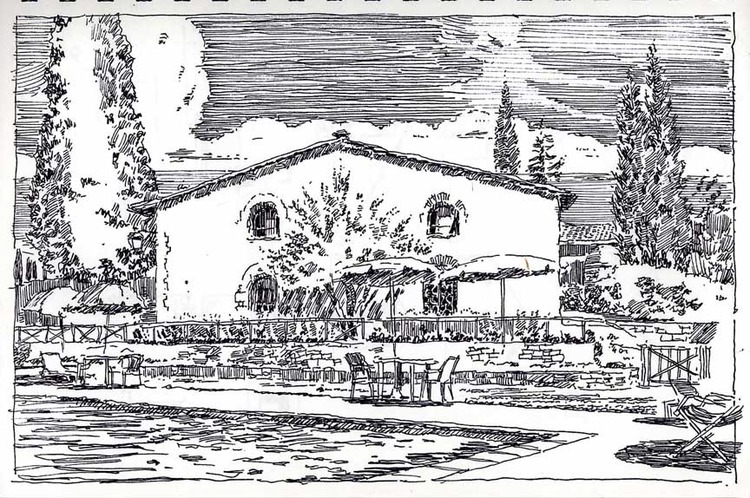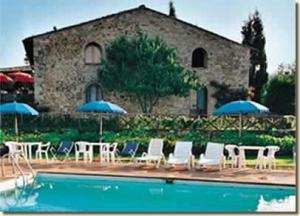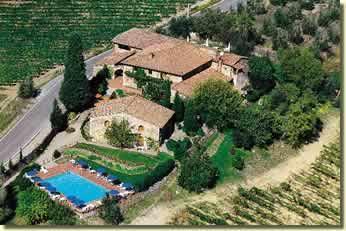I used to spend a lot of time designing homes that used simple construction techniques but still (hopefully) resulted in surprising solutions. This one's called Tower House. A little po-mo, but hey, that was what we were doing back then.
Architectural Rendering Technique: The Art Of The Pen and Ink Sketch
House Portraits: The Realtors Secret Weapon for Closing Deals and Creating Happy Referrals For Life
 House Portrait of Guest House, Easthampton, NY (w/ Clark Smith)
House Portrait of Guest House, Easthampton, NY (w/ Clark Smith)What is less well known is that house portraits in watercolor, pen and ink or pencil have measurable value when it comes to selling your home. They capture your home in its best light, grabbing attention over the repetitive photographs that fill the storefront window at the realtor's office, or blur together in the the real estate section of the paper.
 Vignette: Main House, Easthampton, NY (w/ Clark Smith)
Vignette: Main House, Easthampton, NY (w/ Clark Smith)The modest cost of a high quality house portrait--or its cousins: the architectural rendering of an apartment, or the interactive 3-d model of a NYC loft built in Sketchup--is a drop in the bucket compared to the
How House Portraits Help Sell The World's Most Beloved Listings (i.e. yours!)
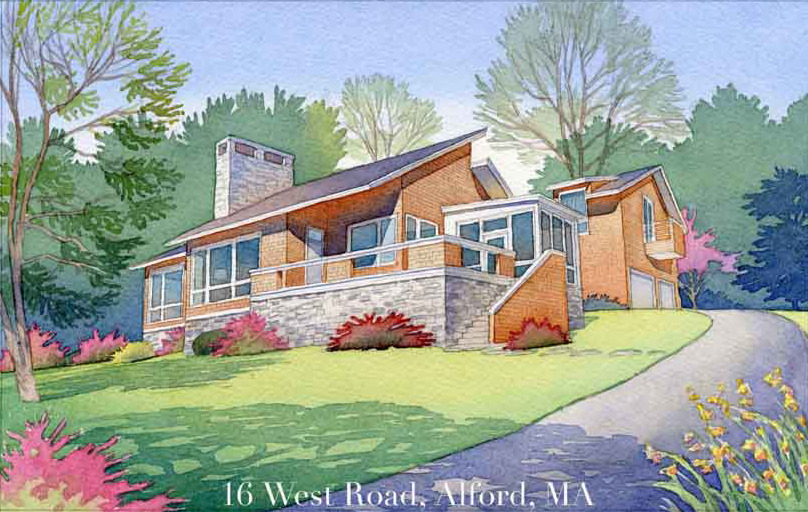
Next time you walk by the storefront of a real estate office, look at what's going on. Prospective buyers, shy about going inside and committing to a relationship with a stranger, can be seen...
My Friend Clark Is Cool (Warning: this is a long post)
My friend Clark Smith is cool. Just look at his amazing watercolors below and tell me he's not. I call him my friend, which he is, but if you landed here from Mars right now, you would say "Why is he your friend? You haven't seen him in 5 years?" And I would have to say, well, true enough, but it seems like we just had lunch yesterday, and I don't think guys hold it against each other if their friendships lapse for, like, ten years at a time. They just pick it up again like everything was normal. Otherwise we'd have to gaze into the existential abyss and wrestle with some sort of deep feelings, and I like to leave deep things like that to the guy that makes the Hobbit movies.
 traditional architectural rendering, digital rendering, architectural illustration and architectural sketching
traditional architectural rendering, digital rendering, architectural illustration and architectural sketching
Ok, let's start there. Clark likes tuna fish, just like I do. He used to eat it every day for lunch, just like I did. That way you don't have to make any decisions; you're just like, "Hi, can I have tuna on a roll with lettuce tomato and muenster cheese, please?" and the guy doesn't even say anything but just starts making it, and I think the deli guys actually secretly appreciate that. That way they don't have to think either.
Dwell Magazine And The Myth Of Affordable Modern Modular Housing
I give Dwell Magazine enormous credit. About 6-7 years ago they held a now-famous competition to design a high-style modular house that helped re-awaken the dream that modular housing could be both beautiful and affordable. The winners--Resolution: 4 Architecture--did just that, and my friend Joe Tanney (an old Gwathmey buddy) hasn't looked back since. They have literally sold hundreds of their elegant designs in the years since winning, and the world is better off for it. Less well-known is the fact that the average cost of a Dwell magazine modular is $250/sf or, to put it another way, no different than the low end of custom construction.
At those prices, can the Dwell revolution in modular housing ever make a difference? No. Sadly, the number of homeowners who convert will never reach critical mass, and the beautiful designs curated by Dwell will never amount to a fraction of a percent of the modular market.
Ten years ago a modular housing company my wife and I co-founded (along with Dana Bixby) called Out Of The Box Housing--or "ootbie" as we used to say--took a different approach to the problem. We were aware that a number of New England communities were compelled by law to build public housing, creating demand for modular housing designs that took the opposite approach to Dwell. Instead of standing out with striking design, these communities needed a well-mannered "background" housing solution that blended with their historic character and--perhaps most importantly--could survive the politics of a good old town brawl over what to do--aesthetically and otherwise--about affordable housing.
The solution? Modular homes inspired by the simplicity and proportions of historic New England housing, with the same attention to modern amenities and energy efficiency as the Dwell homes. It requires a bit of modesty to put these out there. They are not eye catching or "great design," nor are they meant to be. They are meant to blend in and contribute to the overall good by behaving with architectural manners--proportions, details, etc--rather than attention-grabbing panache. Their primary value is as a way to make it politically possible for the towns in need of affordable but elegant "background" housing to deliver it. It's a very specific niche, but one that has much greater importance for public space in New England than the Dwell approach can address.
What happened to Out Of The Box? Our company met an early end when our developer partner opted out before we built our first demo (oh well) but we still get 3-5 emails per week from people around the country (too far from our Pennsylvania factory sources) who want to build one. Apparently there was--and still is--a need for such an approach. The plans remain in a drawer just waiting. Any takers out there? 413-250-8800 :)
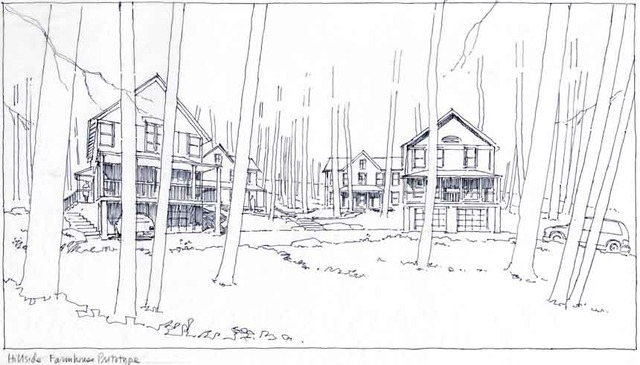
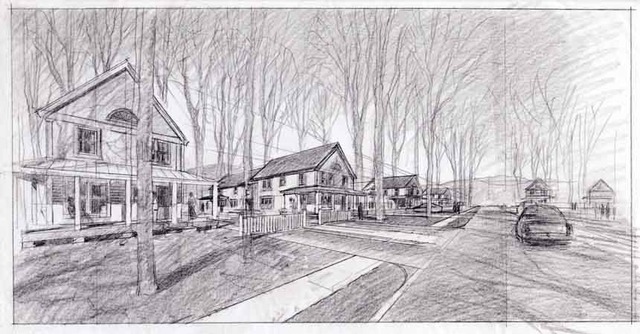
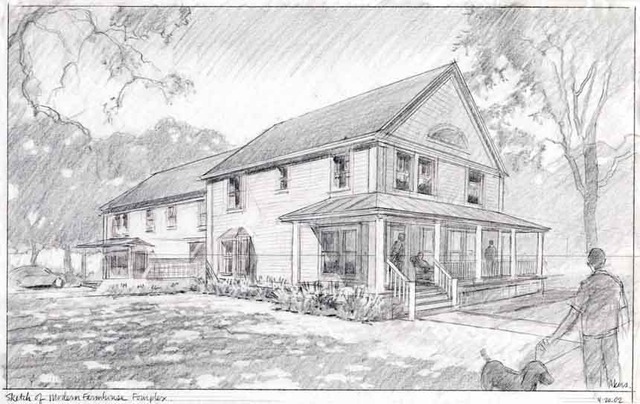


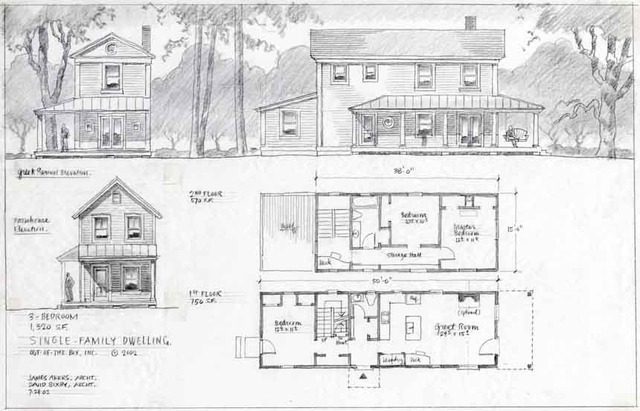
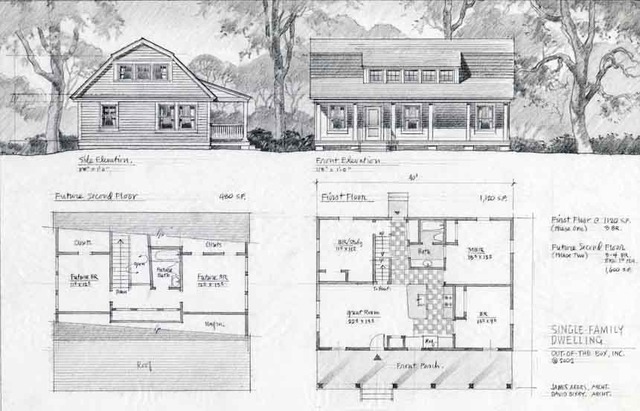
Pen, Ink, Puccini, and the Internet
In 2001 we went to Tuscany and Umbria. Our itinerary came out of a book called Small Hotels and Country Inns of Italy, and every one of the book's recommendations were great. I was looking at the pics the other day and thought it might be fun--twlve years later--to compare some sketches I did then to the nearest photo approximations of the same views I could find on the web. So here they are:
Hotel di San Leonino in chianti country, 10 miles north of Siena:
Next came San Gimiginiano:
Sketching Barns for My Cool Friend Maria
I have the coolest friend named Maria. She has an amazing garden and amazing barns and amazing dogs and a cool truck and a pretty cool boyfriend, but mostly she's just a great person and a generous friend. She is always having someone over to cook for, and she makes the best food. If you get an invitation to Maria's, you should consider yourself lucky--you are definitely going to have a good time eating really good food and talking to smart and entertaining people. And you might get a little schnockered. This is her dog Dash. Actually it's Roberto's dog, but everyone assumes she told him what kind of dog to get so it would match her dogs better. And it does! It's amazing.
Anyway, I have to draw where to put her barn for her, so I'd better get going. But here's a sketch I did for her oven. It was eventually built, albeit in a different form, by Mark Mendel, who is an amazing mason and an amazing person whom I met at one of Maria's dinner parties, even though I already knew him. Mark knows a sh_tload about jazz, which is cool. And even though he probably winces when he hears people say it, who doesn't want to know how to build cool stone walls? Anyway, hope you enjoy it and stay tune here for lots more drawings of things for Maria. I like to do it and it makes me feel better about all the times I eat food at her house.
This is actually the wrong drawing because I can't find the one I did for her but hopefully she doesn't mind.
(Author James Akers is a registered architect and illustrator with over 25 years experience. He provides both in-house and studio-based sketching, rendering, and what one might call "design stenography" services to many of NYC's and Boston’s leading architects.)







